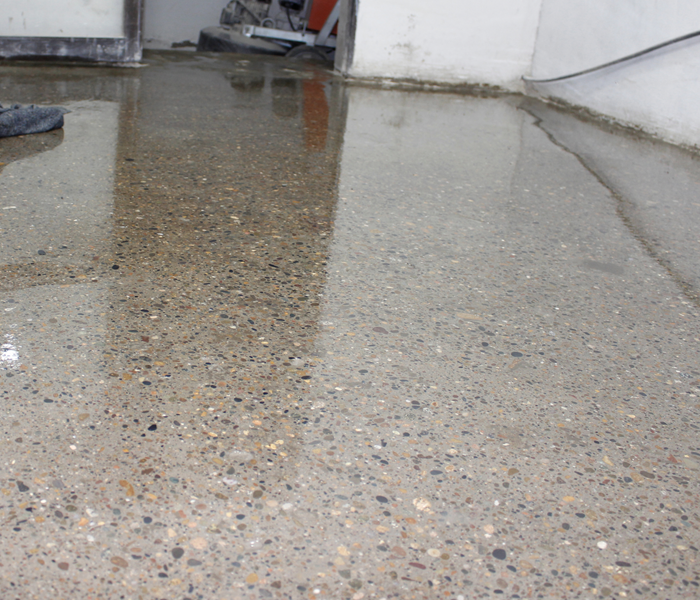Why Disinfection After Water Damage Is Important
10/18/2023 (Permalink)
Water damage is a distressing experience for any homeowner in the Lake Conroe area, where heavy rains and flooding are common occurrences. Apart from the visible damage to your property, water damage can also introduce other hazards due to the potential growth of harmful microorganisms. In this blog, we will explore the importance of disinfection after water damage and provide you with effective techniques and products to safeguard your home and family.
Understanding the Need for Disinfection
Water damage can create the perfect breeding ground for bacteria, viruses, and mold. Even after visible water is removed, residual moisture can lead to microbial growth, posing risks to your property. Disinfection is a crucial step to ensure your home is safe and healthy after water damage.
Effective Disinfection Techniques
Cleaning and Removal of Debris:
Before disinfection, ensure that all debris, mud, and contaminated materials are removed from your property. This step is essential to allow disinfectants to work effectively.
Use of EPA-Registered Disinfectants:
When choosing disinfectants, opt for those registered with the Environmental Protection Agency (EPA). These products have been tested and approved for their effectiveness against a wide range of pathogens.
Manual Cleaning and Disinfecting:
For non-porous surfaces like countertops and appliances, manually clean and disinfect with appropriate products. Follow manufacturer instructions for dilution and contact time.
Fogging and Spraying:
In cases of extensive water damage, consider professional fogging or spraying services. These methods can effectively disinfect large areas and hard-to-reach places.
HVAC System Cleaning:
Don't forget to clean and disinfect your HVAC system, as it can circulate contaminants throughout your home. Professional HVAC cleaning can be essential for maintaining indoor air quality.
Recommended Disinfection Products
Chlorine-based Disinfectants: Effective against a broad spectrum of pathogens, chlorine-based disinfectants are commonly used for water damage restoration.
Hydrogen Peroxide-based Disinfectants: These are less toxic and can be an excellent choice for disinfecting surfaces without leaving harmful residues.
Professional Disinfection Services: Consider hiring professional water damage restoration companies like SERVPRO® for thorough disinfection using advanced equipment and techniques.
Safety Precautions
Always wear appropriate PPE, including gloves and masks, when handling disinfectants. Ensure proper ventilation during and after disinfection to minimize exposure to fumes.
Disinfection after water damage is a critical step to protect your property and the people inside it. Using effective techniques and EPA-registered disinfectants can make a significant difference in preventing microbial growth. While DIY cleaning and disinfection are possible for small-scale damage, for extensive water damage, it's best to rely on professional services like SERVPRO® to ensure thorough and safe disinfection.
For expert assistance with water damage restoration and comprehensive disinfection in the Lake Conroe area, contact SERVPRO® today. We're here to help you restore your home and peace of mind.


 24/7 Emergency Service
24/7 Emergency Service
